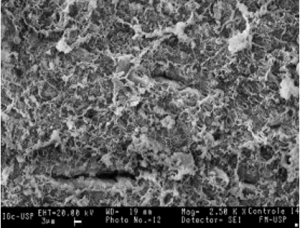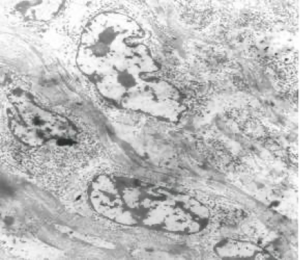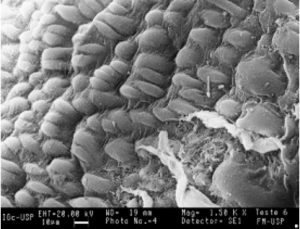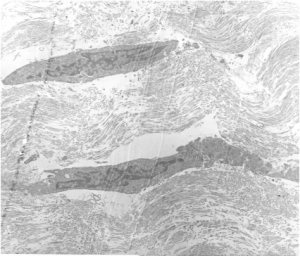Tissue Preservation
Since the 1960s, several methods for tissue treatment have been developed and proposed. Among them solutions containing alcohol, high ionic charge or high osmolarity. Most of these methods aim to prevent the protein components from changing.
However, some substances used in these treatments may inhibit or cause complications in other subsequent treatments.
So what are the main goals pursued in tissue treatment?
Stabilize biological tissue;
Inhibit antigenicity;
Reduce/inhibit inflammatory response;
Ensure sterility;
Long durability after implantation;
Allow reconstruction after implantation.

Fundamentals of the L-Hydro® Process
Present to the recipient organism an acellular matrix very similar to the natural one, allowing cells to grow in conditions similar to the implanted location, this reconstruction stimulated by the natural matrix and physiological conditions “in Vivo – tissue engineering”. Based on these principles, Labcor has developed a unique non-aldehyde preservation process that produces unique characteristics in homologous and heterologous tissues used for critical implants.
Studies show that grafts treated with L-Hydro technology, when implanted, are biointegrated and have a growth potential similar to the recipient’s native tissue.
L-Hydro® preservation process
Moderate extraction of antigenic substances. Concealment of non-extracted antigens by an activated polyglycolic agent. Moderate chemical process to promote the reduction of components that induce inflammatory responses in the receptor. Incorporation of a non-steroidal anti-inflammatory agent. Incorporation of an antithrombogenic agent. Chemical sterilization in hydrogen peroxide.
Evaluation in Electron Microscopy
Glutaraldehyde

Lack of endothelium

Non-viable cells
L-Hydro®

Confluent endothelial cell layer
